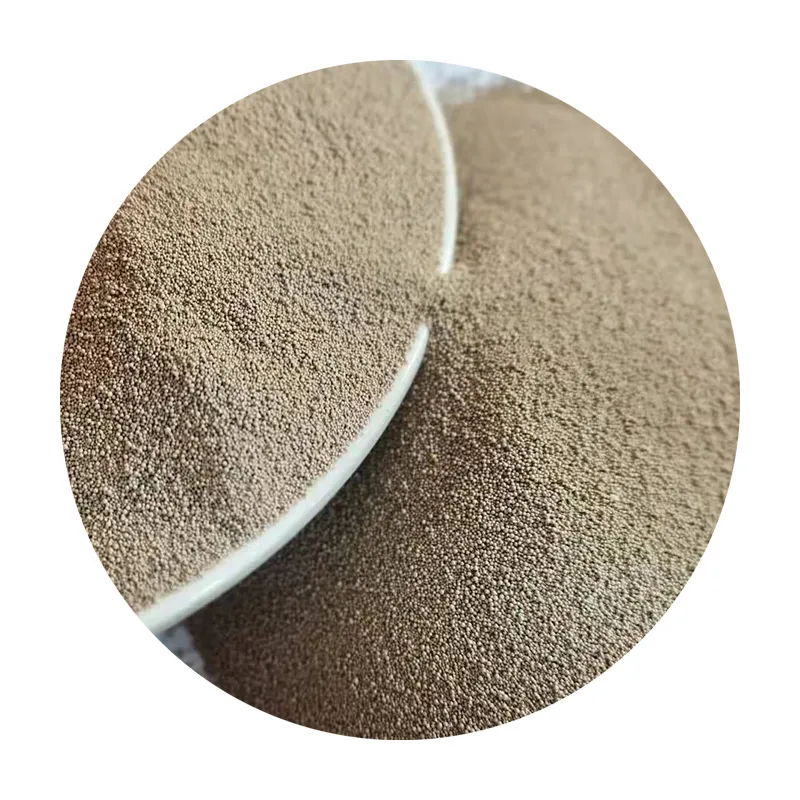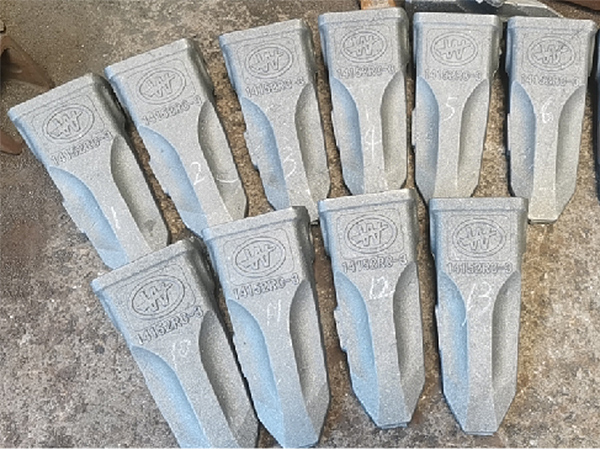- Importance of Foundry Sand Density in Industrial Applications
- Key Factors Influencing Density in Foundry Sand Production
- Technical Advancements in Achieving Optimal Sand Density
- Comparative Analysis of Leading Foundry Sand Suppliers
- Tailored Solutions for Industry-Specific Density Requirements
- Real-World Applications: Success Stories and Performance Metrics
- Future Innovations in Foundry Sand Density Management

(foundry sand density)
Understanding Foundry Sand Density for Superior Casting Results
Foundry sand density plays a pivotal role in determining the quality and durability of metal castings. With an average density range of 1.6–1.8 g/cm³, properly compacted foundry sand ensures minimal porosity, reduced defects, and enhanced thermal stability during metal solidification. Industrial studies reveal that a 5% deviation from optimal density can increase scrap rates by up to 18%, emphasizing the need for precision in sand preparation.
Critical Variables in Density Optimization
The density of foundry sand is influenced by grain size distribution, binder composition, and compaction methods. For instance, silica-based sands with a fineness number of 50–70 exhibit 12% higher packing efficiency compared to irregularly graded alternatives. Advanced moisture control systems (<0.3% variance) further stabilize density, ensuring consistent mold strength across production batches.
Breakthroughs in Density Control Technology
Modern foundries employ AI-driven compaction analyzers and real-time density mapping tools to achieve tolerances within ±0.05 g/cm³. Proprietary binder systems like NanoSilica Fortified Resins have demonstrated 22% improvement in green sand density retention, even under high-temperature pouring conditions exceeding 1450°C.
Supplier Benchmarking: Performance Metrics
| Supplier | Density Range (g/cm³) | Thermal Stability | Reusability Cycle | Certifications |
|---|---|---|---|---|
| SandTech Pro | 1.72–1.79 | 1600°C | 8–10 | ISO 9001, AFS |
| DensCast Solutions | 1.68–1.75 | 1550°C | 6–8 | IATF 16949 |
| OmniSand Industries | 1.65–1.78 | 1620°C | 10–12 | ISO 14001 |
Customized Density Solutions Across Industries
Automotive manufacturers require sand densities above 1.75 g/cm³ for engine block castings, achieved through multi-stage vibrational compaction. Conversely, aerospace applications utilize low-density cerabead sands (1.45–1.55 g/cm³) with zirconia additives for thin-wall precision components. Custom blending services now deliver density-specific formulations within 72-hour lead times.
Case Study: Density Optimization in Heavy Machinery
A leading construction equipment manufacturer reduced casting porosity by 40% after adopting graded chromite sand with 1.82 g/cm³ density. The solution decreased machining costs by $17/unit and extended mold life to 15 cycles, validated by 12-month production data across 23,000 castings.
Advancing Foundry Sand Density for Tomorrow's Challenges
Emerging technologies like graphene-enhanced sands (patent-pending) promise density tunability between 1.5–2.1 g/cm³ without compromising flowability. Research partnerships aim to develop self-monitoring sands with embedded density sensors, projected to reduce quality control costs by 35% by 2026.

(foundry sand density)
FAQS on foundry sand density
Q: What is the typical density range of foundry sand?
A: The density of foundry sand typically ranges between 1.6 to 1.8 g/cm³. This varies based on composition, moisture content, and grain size. It is crucial for calculating mold strength and metal casting efficiency.
Q: How is the density of foundry sand measured?
A: Density is measured using standardized tests like ASTM B962. A sample is weighed and volume is calculated via displacement methods. Results ensure compliance with industrial casting requirements.
Q: Does the density of foundry sand affect casting quality?
A: Yes, higher density improves mold stability and reduces metal penetration. Lower density may cause porosity defects. Optimal density ensures consistent thermal conductivity and structural integrity.
Q: What factors influence foundry sand density during production?
A: Key factors include silica content, particle shape, and binder additives. Moisture levels and compaction techniques also play a role. Adjusting these parameters tailors density for specific casting applications.
Q: How does foundry sand density compare to regular construction sand?
A: Foundry sand is denser (1.6-1.8 g/cm³) than construction sand (~1.4 g/cm³). This is due to specialized processing and additives for heat resistance. The difference ensures better performance in high-temperature casting environments.
Next:Sand Types for Sand Casting High-Temp Resistant & Durable Solutions
